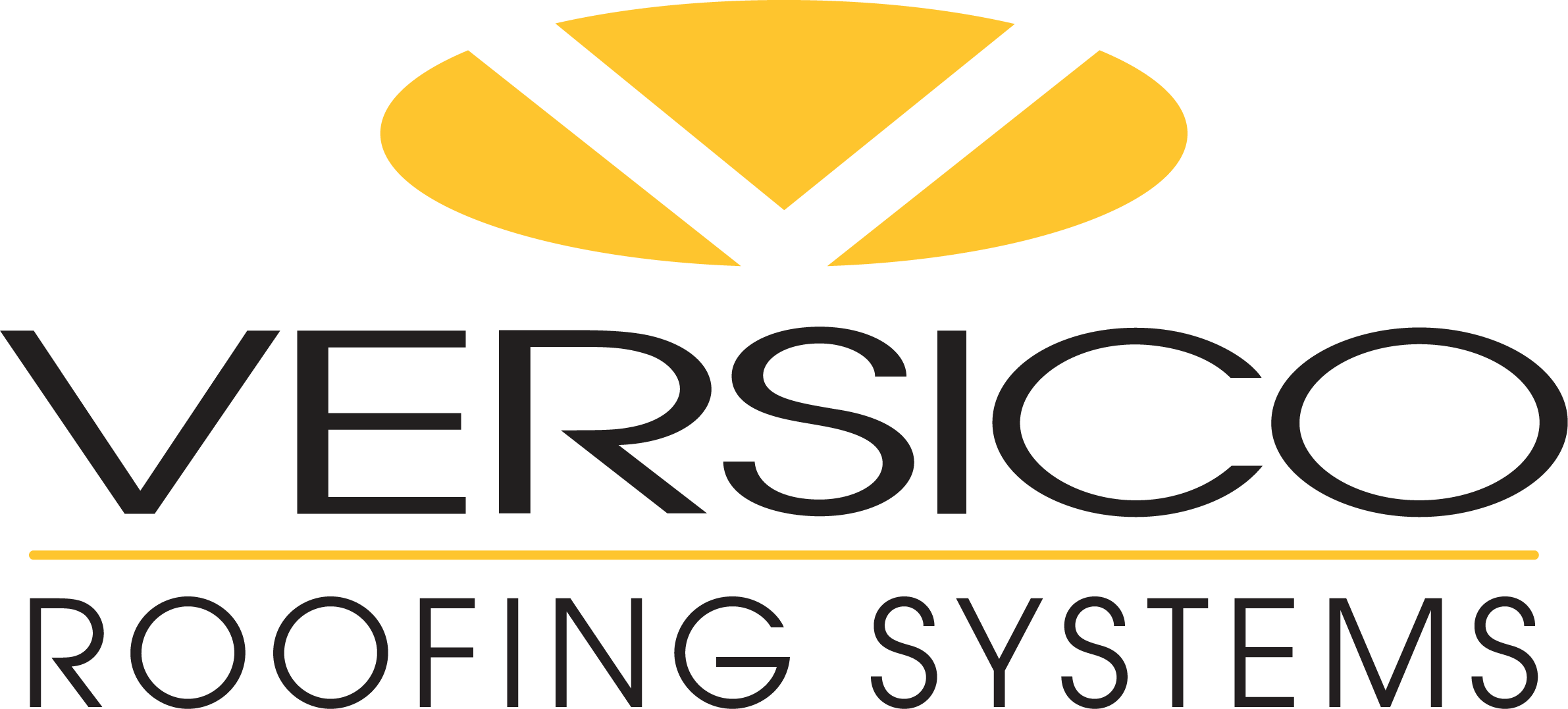Non-Compatible Substrates for PVC
PVC is rigid in its natural form and is made flexible by the addition of plasticizers. These plasticizers are designed to reach an equilibrium within the sheet. So as the plasticizers break down on the top surface, they are replaced with plasticizers from the bottom.
There are many materials used in building construction that simulate an un-plasticized PVC. These materials will cause the plasticizers to migrate from the PVC and into the other material trying to reach this equilibrium. Some of these materials are: Expanded Polystyrene, Extruded Polystyrene, Rubberized Asphalt (Some Air and Vapor Barriers), asphalt, and old PVC roofs.
Flexible PVC should not contact any of the above referenced materials and a simple bond break is all that is needed, for example: polyethylene, metal plate, insulation, fleece, or any other type of separator.
When flexible PVC contacts Rubberized Asphalt that is used as an Air and Vapor Barrier, the plasticizers will soften the asphalt and cause it to flow. This situation will cause both products to fail and must be replaced.
Flexible PVC should not contact asphalt such as used on the back side of shingles. The plasticizers will soften the asphalt and cause it to flow down the roof and both will need to be replaced. The best solution for this type of contact is for an aluminum separator.
There are many materials used in building construction that simulate an un-plasticized PVC. These materials will cause the plasticizers to migrate from the PVC and into the other material trying to reach this equilibrium. Some of these materials are: Expanded Polystyrene, Extruded Polystyrene, Rubberized Asphalt (Some Air and Vapor Barriers), asphalt, and old PVC roofs.
Flexible PVC should not contact any of the above referenced materials and a simple bond break is all that is needed, for example: polyethylene, metal plate, insulation, fleece, or any other type of separator.
When flexible PVC contacts Rubberized Asphalt that is used as an Air and Vapor Barrier, the plasticizers will soften the asphalt and cause it to flow. This situation will cause both products to fail and must be replaced.
Flexible PVC should not contact asphalt such as used on the back side of shingles. The plasticizers will soften the asphalt and cause it to flow down the roof and both will need to be replaced. The best solution for this type of contact is for an aluminum separator.
Up Next
March 12, 2020
Dual Tanks Cold Weather Application Tips
Proper material temperatures are imperative to ensure that adhesive products deliver the highest level of performance.
February 25, 2020
Code-Required Minimum R-Values
Over the past 10 years, there has been a shift in minimum required R-values.
February 06, 2020
Polyiso Storage, Handling, and Application Guidelines
Wet insulation can lead to several issues including mold, reduced membrane adhesion, and ultimately roof system failure during wind events.
